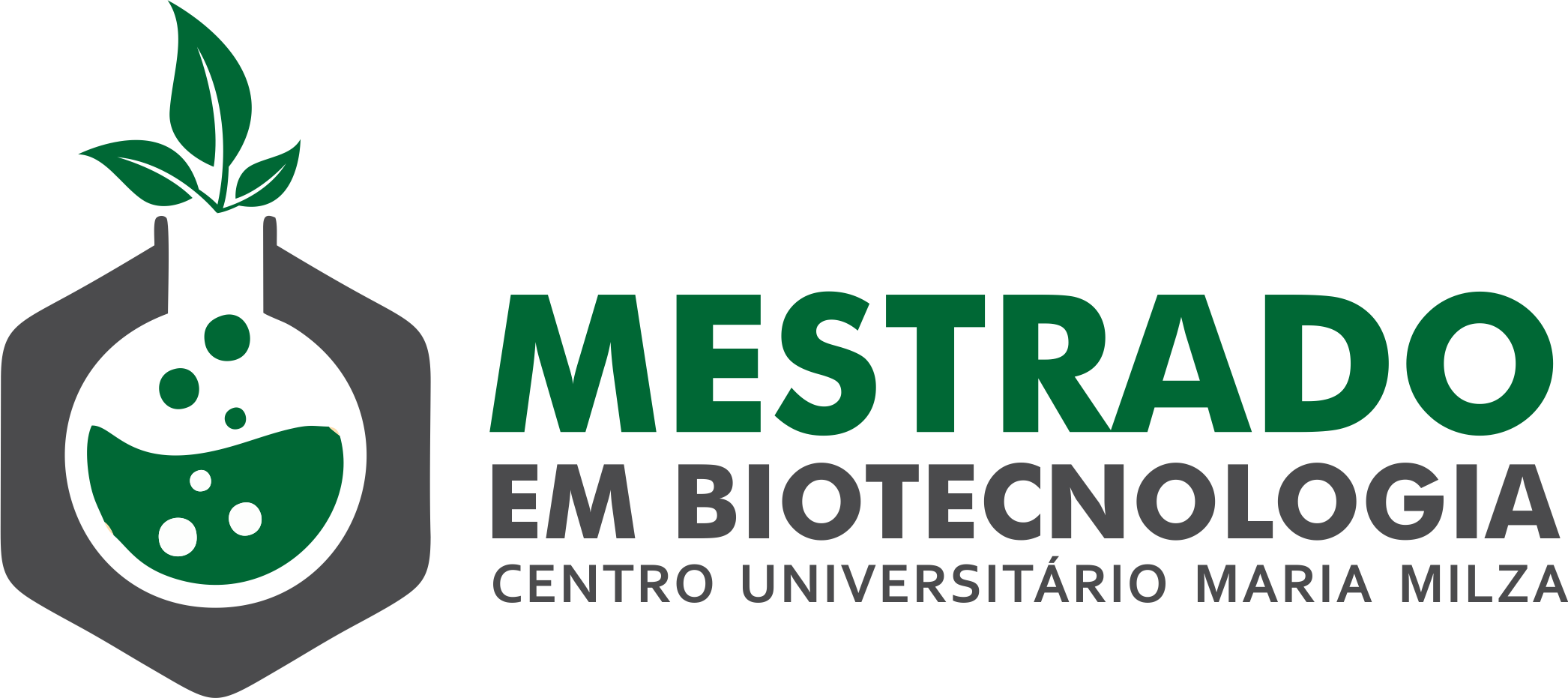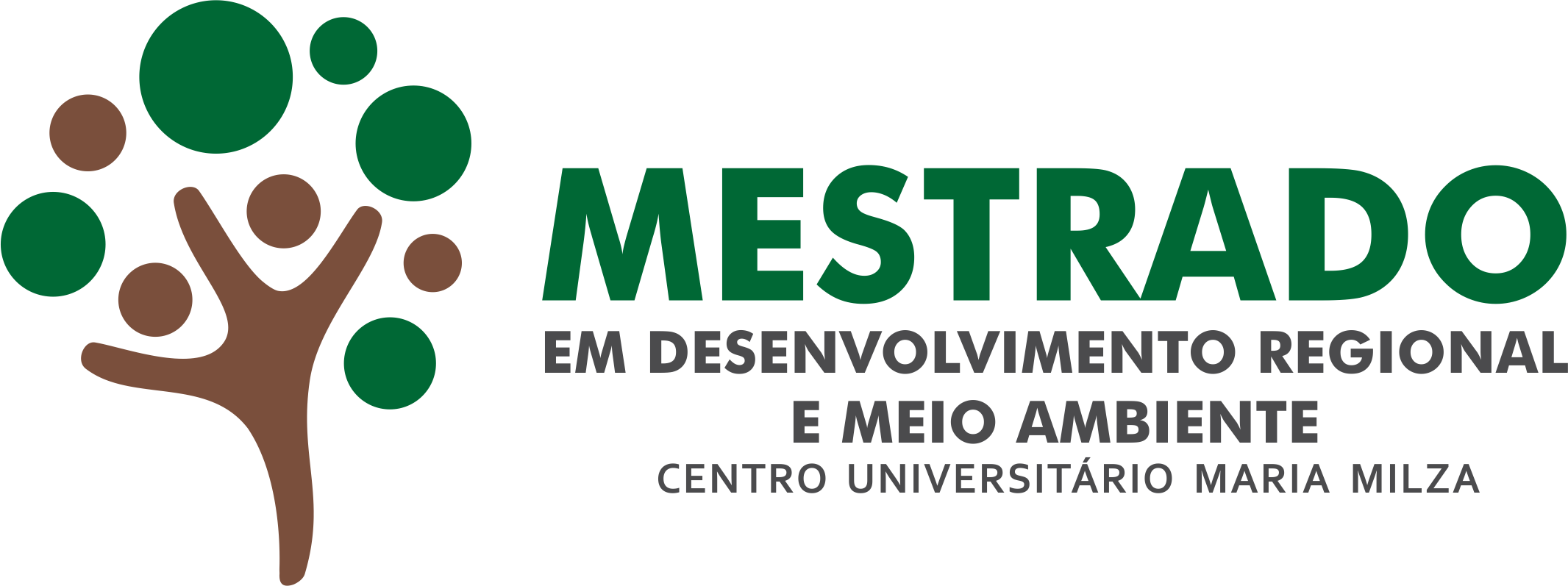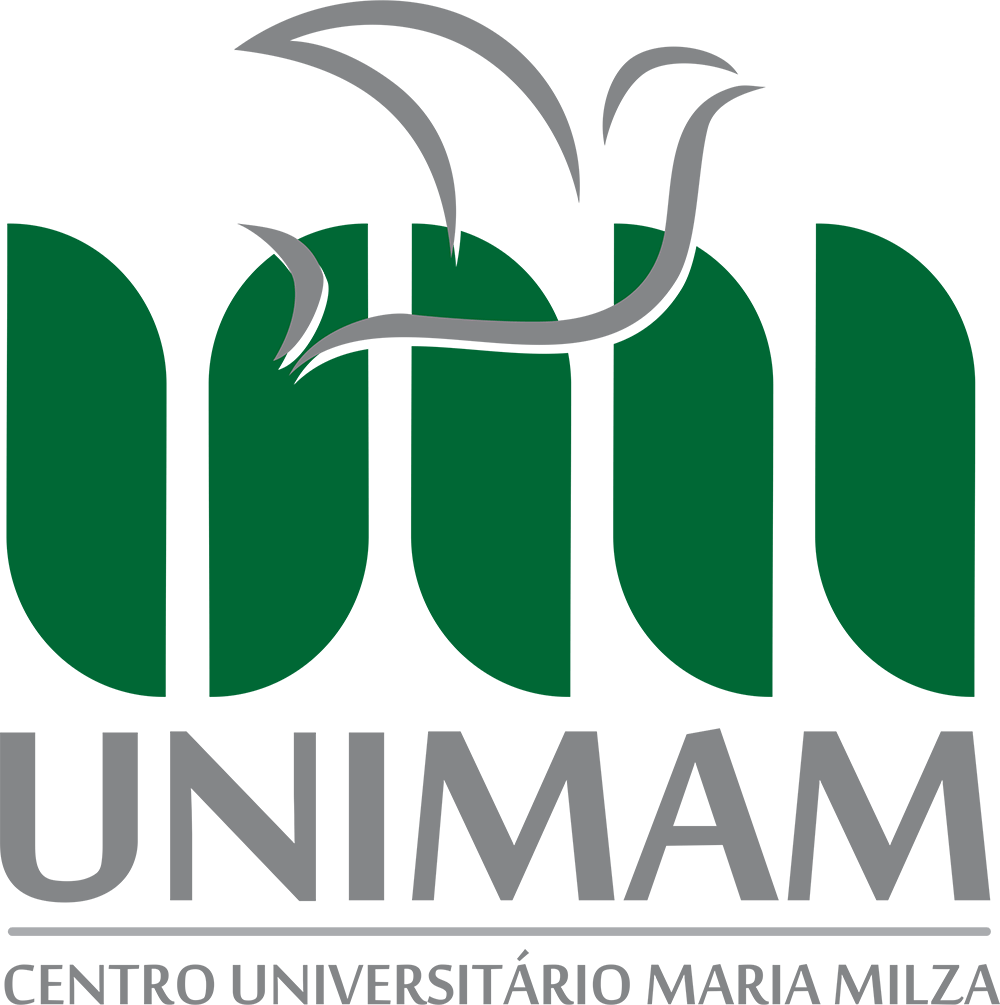Nutritional aspects of Maranta arundinacea L. starch in the formulation of gluten-free breads
DOI:
https://doi.org/10.22479/texturav15n1p45_60Keywords:
arrowroot, orange residue, sustainabilityAbstract
Many species of the Brazilian flora are underutilized, including the arrowroot (Maranta arundinacea L.), a starch-rich rhizome plant with high nutritional value of cultural importance for the Reconcavo da Bahia region, Brazil. The objective of this work was to analyze the nutritional aspects of including arrowroot starch in gluten-free bread enriched with orange pomace flour. Three gluten-free bread formulations were prepared: without arrowroot starch (control); and two test formulations: F1 with 100% arrowroot flour and F2 with 33% arrowroot flour, 33% potato starch and 33% rice flour; and made a statistical comparison between these three treatments, using the following statistical tests: Shapiro-Wilk, analysis of variance and Tukey. The results showed that the inclusion of arrowroot starch in gluten-free breads altered its moisture content, increased its carbohydrate content and reduced its protein content; the fat content was low in the three formulations and all had satisfactory fiber contents. In view of these results, and in light of the literature, it is concluded that the inclusion of arrowroot starch in the formulation of gluten-free breads enriched with orange pomace flour is a nutritionally viable alternative. The use of arrowroot encourages its cultivation and the preservation of this species in the local biodiversity, bringing economic benefits to the region, the inclusion of orange bagasse flour in food increases its nutritional value and prevents its waste and accumulation in the environment.
Downloads
Downloads
Published
How to Cite
Issue
Section
License
The authors grant copyright on an approved manuscript with exclusive publication for Texture Journal in electronic format, including figures/ illustrations and content for the dissemination of the article, including on the social networks of the Texture Journal.











